Meet the woman from Mars, Vandi Verma on driving Curiosity rover
Born to an Indian Air Force officer, Vandana ‘Vandi’ Verma darted from one city to another in her childhood. Before she left for Carnegie Mellon University (CMU) to pursue Robotics, Vandi’s family had been stationed in Halwara, Punjab. 126 km away, Vandi attended univeristy in Chandigarh at Punjab Engineering College. It was her thesis on Artificial Intelligence at CMU that eventually took her to NASA. Little did the child, who once received a book on the solar system for her birthday, know that one day she would drive a rover on Mars.
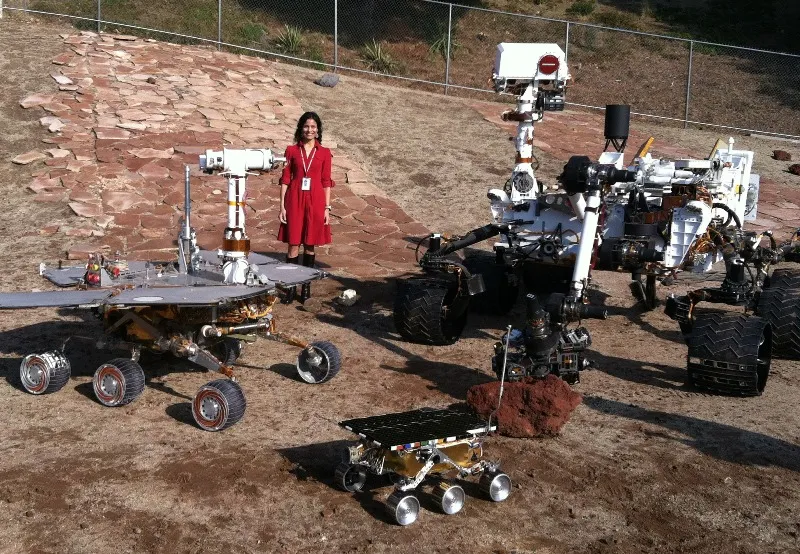
We’re all born with an innate hunger for exploration - the simple need to ‘know’ ourselves and all that is beyond us, tangible and intangible. We’ve continued to conquer distant lands, the deep grounds, dense jungles, and battled the deep seas, even our own fears. In 1957, we finally conquered the final frontier: space.
As precursors to human exploration, “space will always involve robotic explorers,” says Vandi. There is a plethora of alien environments unsuited to humans that robots can discover, making them a proxy through which we experience a world beyond our Earth.
When still at CMU, Vandi had to design a robot to compete with other robots in a maze dotted with balloons to collect. "Even though you would've encoded behaviours in the robot, it was fascinating to see how it found an unexpected solution when the situation it encountered didn't follow your intended script." At time, the robot would would charge at a wall or away from the prized balloons. That intrigued Vandi the most about robots: “How can we make them operate in environments where there’s so much uncertainty, yet you have to encode all that in that machine.”
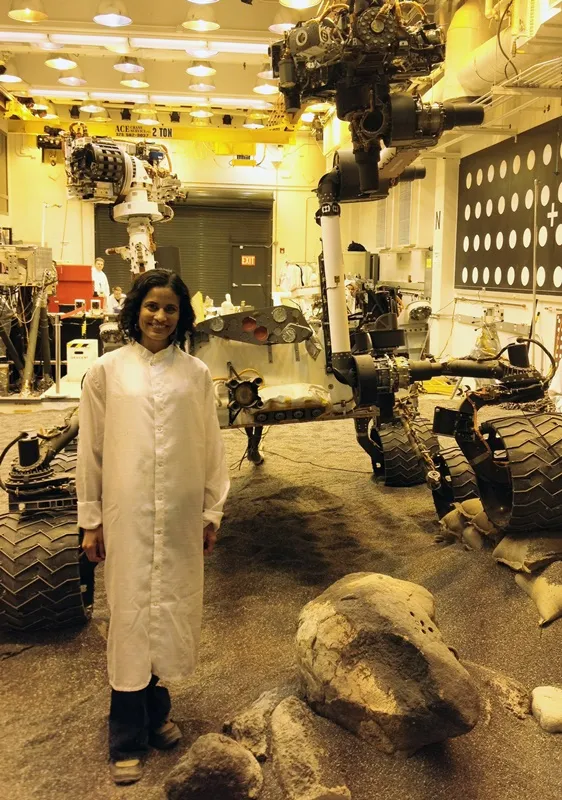
Close encounters of the third kind
It may not be the higher life forms of Earth or the waxy life forms of the Arquillian galaxy, but Mars may have once been inhabited by something. So what really happened there? “These are questions that relate to us in a deep way. From having moved around all my life, I find that encounter with people who have a different background and different values can open your mind. You grow so much, and you learn so much; there’s just no one way to take things. If we were to actually truly find intelligent life somewhere else -- and that probability is high -- it would change everything as we know it.”
We don’t find life waltzing about Mars, but there are signatures left in the geology and geography of every planet -- stories that the smallest of atoms have left behind for us to read. And that’s where the robots come in.

Mission to Mars
Where it’s too hazardous to send humans, robots are science’s best bet. “A lot of what I deal with is how to build a machine,” says Vandi. However, science best bet needs to rely on far more than luck. Even the smallest miscalculation, pretermission or negligence can mean the end of a mission. But how do you arm a robotic space cowboy when you do not know Martian terrain and environment? Vandi says you’re essentially building robots “that have to do complicated things, and yet be safe, because even the smallest repair is not possible.” You may need to get close enough to a target to collect sample or record scientific data, but ensure the rover is safe, too. At the same time, there’s a communication lag between Earth and the rover. “It’s sort of like trying to drive a car in India while you’re in America. It’s like little units of instructions, and you can’t decide later what you sent was incorrect.”
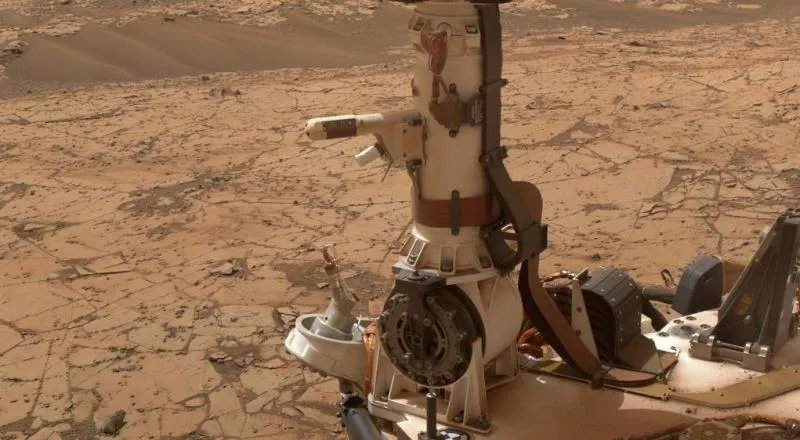
Every two years, Mars and Earth are in a position that allows the shortest route to the planet. This time dictates when the mission is launched. It takes six-to-nine months to reach Mars, and Curiosity took eight. “It has this huge shield to deploy, a parachute, a jet pack, and a bungee cord to lower the rover.”
Still, you can never say with certainty that things will go as planned. The rovers, after all, are tested on Earth, but Mars has an atmospheric pressure of 7.5 millibars and gravity is 38 per cent of Earth's. “So that’s where it gets really interesting,” says Vandi. “You have to be really creative.” For instance, you can test Curiosity’s robotic arms on Earth; however, considering Martian gravity, which is much lower, the entire structure needs to be modified accordingly. “We build simulations in which we can somewhat simulate Martian environment. At times, we have to do systems-level tests where we put the entire rover in a thermal chamber and expose it to temperatures we see on Mars. We take it to the Dumont Dunes near Death Valley, where we test it on sand dunes.”
As we learn more about Martian environments, we’ll be able to develop better simulations to build better robots.
Explorers
“I’m controlling exactly where the rover turns, and then I turn it on autonomous,” says Vandi. That’s where AI takes the reigns and the rover, Curiosity in this case, takes its own pictures, analyses the terrain and finds hazards as it goes around. Think of it as a less sentient version of ‘Wall-E’, which is more or less the kind of robot NASA hopes to develop eventually. “We’re going to do more and more of robots thinking on their own until it encounters something it really doesn’t know and, then, calls home.” Eventually, the robots Vandi helps develop would be the closest machine-equivalent to a field scientist. NASA already has the basic capabilities to do this. Rovers learn from and adapt to their alien environment, then changes its behaviour accordingly, all thanks to the ever-developing algorithms Vandi and her colleagues have to work on.
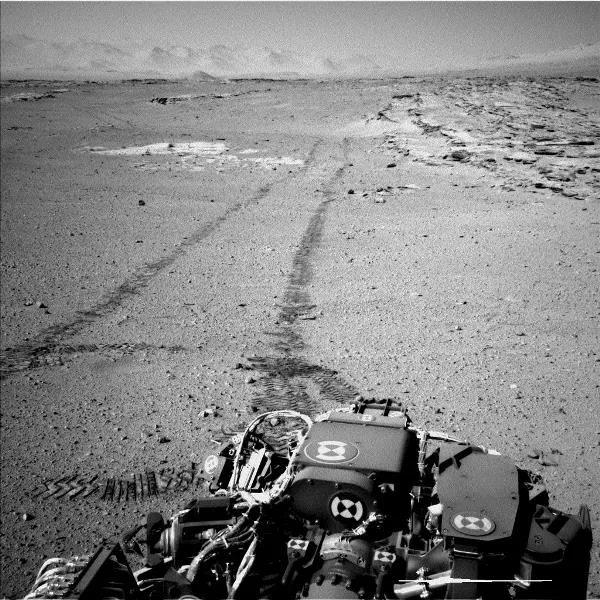
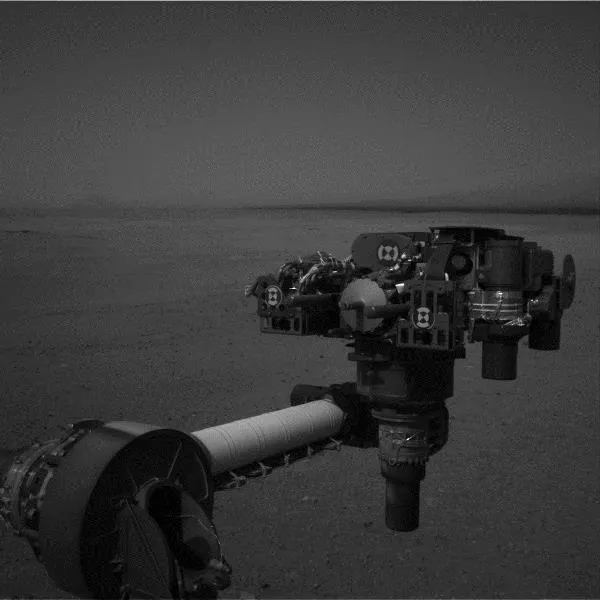
At the other end, building robots, and making exploration and travel more efficient also means frequent trips between Mars and Earth so scientists can work with Martian samples directly. “There is a next rover coming,” says Vandi, “which is going to probably launch in the 2020 time frame, that’ll collect samples a subsequent mission might bring back.”
A space odyssey
Curiosity, more than ever, has brought us at the knife-edge of a future that was best written in the realms of fantasy. By definition, a rover moves, making it space exploration’s biggest leap forward. “No matter how much you pick a site, after you get there you find interesting things you wanna go do.” At the Bradbury Landing, where Mars landed inside Gale crater, scientists immediately wanted Curiosity to explore the Yellowknife Bay, whose geological formations are indicative of fluvial events. These weren’t the only geological signatures Curiosity was able to (and continues to) sample and analyse in the Mars Science Laboratory. For instance, like X-ray diffraction instruments are used to identify minerals. “Having the ability to drill underneath the surface is a tremendous capability. We can drill samples; we can sieve them; we can detect organic compounds; we have a weather station; we also have a scoop that can pick up soil samples; colour cameras; black and white cameras, which can give you depth information, too.” All this data can be correlated in the Mars lab. The rover, besides being a vehicle, is also a mobile science laboratory. The data Curiosity sends to scientists is a treasure chest of information that affects our understanding of how we came to be. Vandi says, “Scientists almost never wanna leave.”

In the last two decades, four rovers have been successfully operated by NASA: Sojourner (Mars Pathfinder, 1996), Opportunity (Mars Exploration Rover, 2003), Spirit (Mars Exploration Rover, 2003) and Curiosity (Mars Science Laboratory, 2011). “The Mars Exploration Rover missions were designed for around 90 days. It’s been 10 years, and Opportunity is still on Mars. The temperature goes from very hot to below freezing every single day. Everything is covered in dust,” says Vandi.
Creating a sturdy robot that withstands Martian elements is a big mechanical challenge, right down to making rovers Martian terrain-ready. The solar panels on the rovers cannot be damaged, instruments need to be protected from Mars’s red dust, there is radiation, and the samples need to be safe for return. “We don’t use rubber wheels in Mars, we tend to use metal wheels,” says Vandi, “because of the variations in temperature, pressure, and also the rocks we encounter. We have a lot of thermal sensors where you can monitor the health of the rover.” For instance, when it’s too cold, there are heaters to warm the rover.
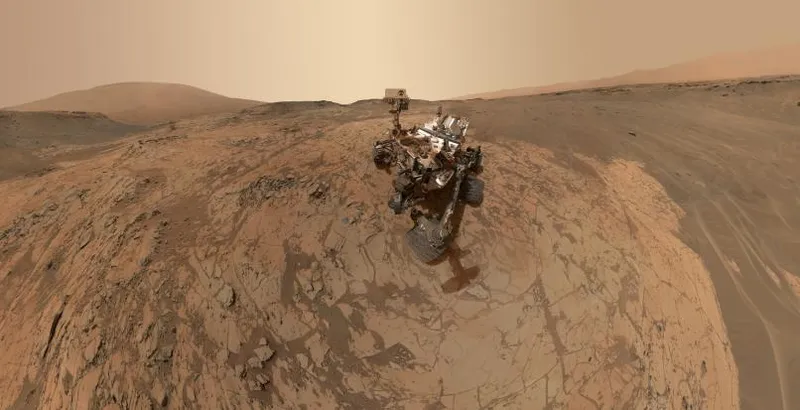
Ex Machina
Curiosity is only one among many kinds of robots that NASA will continue to build for space, and those robots will be able to do a lot more on their own. “Robots will continue to be more intelligent, and do things that are more autonomous,” states Vandi. “But, essentially, it’s still programmed into them - you’re programming the algorithm that allows them to do that.” It’s not at a level where a script commands rovers to go five metres here or turn 10 degrees left. We’re essentially building robots to think as humanly as possible. “You might say: drive to an interesting rock, where an interesting rock is grey in colour and has a vein running through it.” However, for a programmer like Vandi, it’s hard not to count that as programming. Irrespective of how much a robot thinks, it’s still thinking within the limits of what it’s programmed to understand.

“You also want to have some level of control over the rover. So I think that’s what makes it interesting. You want the robot do a lot, yet you want scope. We’re interested in certain scientific goals. Until we can get to a stage where we can embed knowledge, humans will always have supporting or coordinating role to play with robots.”
Artificial intelligence isn’t meant to replace humans, but take over tasks we are anyways not good at. “You don’t have to think of the very low level details,” mentions Vandi. This allows people to direct their energy towards more abstract ideas, creativity, innovation and original thought. “Yet, it’s more difficult in some ways, because you can’t predict what the robot will do. It raises a new set of challenges, and I personally think these are more interesting things that humans are better at.”
Endless waltz
The road to Mars is also going to be paved with more creative robots. As technology advances, so will design innovations. Whether it’s space or an endeavour closer to home, the possibilities in robotics are endless. “If you’re actually going into an environment where you want to climb a cliff wall, you design a very different robot. There are designs that are thought for robots that are submarines for Titan, which has methane lakes, or Europa, which has an ice ocean.”
If anything, the biggest limitation to innovation is funding and resources. That limits what programmers and roboticists can ultimately do. Outside of the money matter, there is only so much computational power you can pack in a robot, as of now, or simply what is physically possible for the motor itself. Vandi states, “Every aspect has limitations, but sometimes those limitations are because of trade-offs you have to make in order to fit it all in the launch vehicle or fit it all in the budget.”
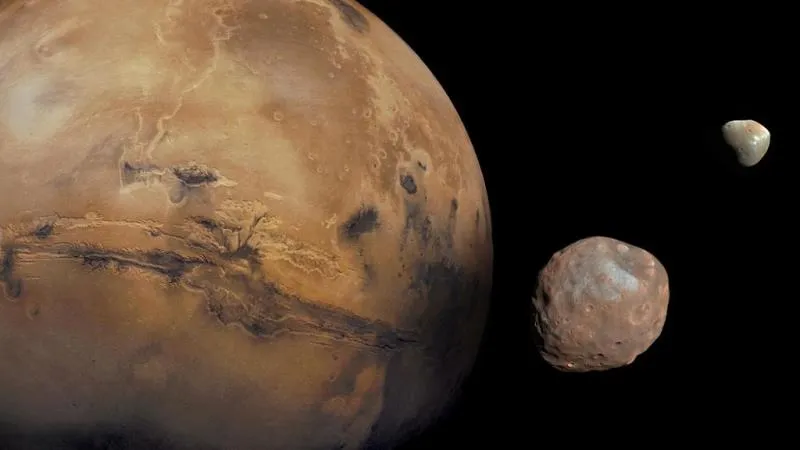
What’s particularly endearing about Curiosity is how people anthropomorphised it. In a sense, we’ve come to find affection towards our laptops and smartphones, too. The more complex a machine becomes, the more it begins to understand it, the more we give them an identity. “It’s interesting,” says Vandi. “When we have children who come and visit on open house, they really follow these robots as if they were a friend or an actually intelligent form. Their actions seem so intelligent, they give them a sense of consciousness.
“I tend not to think of it in that way. At the same time, if you work on multiple robots, like on Spirit, Opportunity, now Curiosity, they’re in different environments. They’ve had different sets of paths that they’ve taken on Mars, and different sets of scientific observations and done different things that either fail or degrade, and that gives them a personality, for the lack of a better word.” Every robot essentially develops an identity, and because it has arms, it can drive and it can see, Vandi feels a person like her more or less lives through the robot. “It’s sort of like they’re transporting us into where they are.”
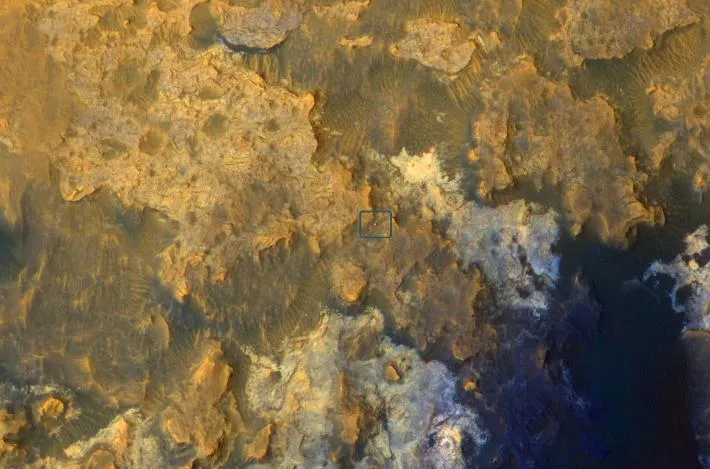
Heroic age
It’s in the nature of humans to explore, not robots. So we will likely be at the forefront of all explorations. “Before we send humans, we will send robotic precursors that might build a habitat. We might send loads and have even sort of food we may consider growing locally, and humans who would be able to use the robots in more direct and creative ways.
“I think we will always want to send humans. There are so many thousands of people who volunteer for a one-way trip to Mars, and who’ll continue to do so. But it’s very different if a human mission does not make it versus a robotic mission. That is why we wanna send the robots first and know better before we send humans.”
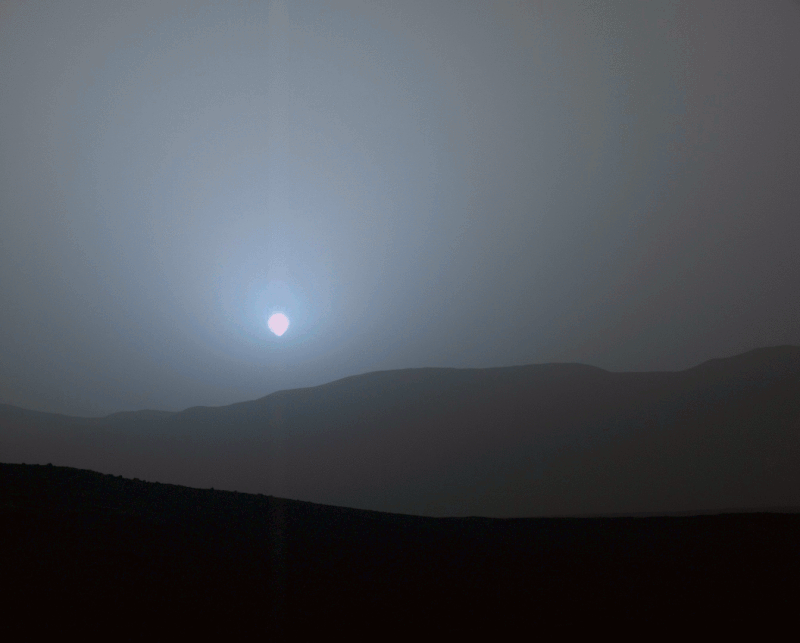
Robotics and artificial intelligence raises existential fears in many people: whether it’s a matter of economics, jobs or the purported dangers of AI. There is a sense of apocalyptic doom that comes with discussions on AI. Vandi says, “Most of what you actually see in robotics today are things like remote surgery, museum guides and self-driving cars. Robots never get tired, they’re always attentive, they never lose patience and they never get angry. So they’re applicable in a lot of situations. In our space exploration, they’re very detailed. It’s not like, ‘Oh! I forgot to check something.’ That aspect of it works very well with humans.”
At the same time, you wonder whether the technology roboticists like Vandi Verma create will ironically make their jobs redundant, but she disagrees. If all the imagined and real uses of robotics serve as examples, humans have built a deeply symbiotic and meaningful relationship with machines. Since the industrial revolution, we’ve proved a unique ability to adapt to paradigm changes in the way the world works, and more importantly, the ingenuity to create new jobs where old ones die.
Artificial intelligence, like any technology, may have its risks. For now, Vandi asks,
How many killer robots do you actually see destroying cities?







